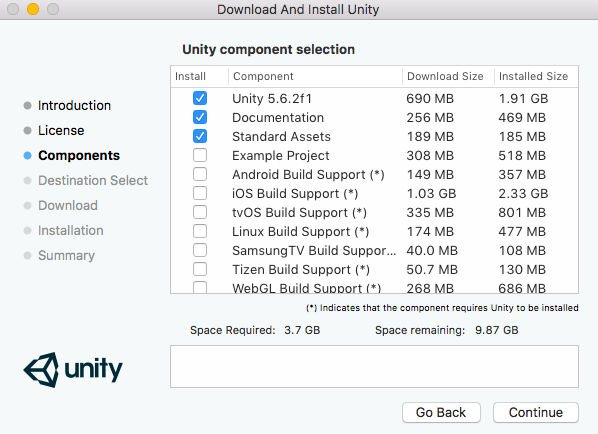
These tutorials will help you understand the custom C# classes of Unity. The tutorials cover everything from the basics of working with the Unity engine to understanding the various features and settings. We have made a comprehensive list of tutorials to help you get started. Breaking them down into small chunks, will help you learn Unity faster. The key is to know what topics to focus on as a beginner. But with the right plan and dedication, you can master it in no time. Learning Unity game engine, can seem daunting at first. You need to understand the concepts to be able to use them in your game. Copy pasting codes and following instructions without understanding them, will not help you make your own game. This could lead to changes in the animation cinema production methods by the studios that, until now, have used traditional pre-rendering methods.Learning Unity in the right way is very important. Recently, game engines such as Unity and Unreal Engine started to be used – mostly by the companies that created the engine, as a proof of concept – for rendering 3D animated films. The incorporation of PBR in game engines allowed for high graphic quality generated results in real time, gradually closing the visual quality gap between videogames and animated cinema. Physically Based Rendering (PBR) technology is one of the methods incorporated by some rendering engines for the generation of physically accurate results, using calculations that follow the laws of physics as it happens in the real world and creating more realistic images which require less effort, not only from the artist but also from the equipment. Due to that optimization necessity, videogames always had a lower graphic quality than that of animated films, where each frame is rendered separately and takes as long as necessary to obtain the required result. That optimization is created by using techniques, practices and tools that are not commonly used by animation cinema professionals. To be able to generate a large number of frames per second, there must be an optimization of the entire scene, in order to reduce the number of necessary calculations.

To allow for fast calculations in real time, 3D game developers use game engines that incorporate real time rendering methods which can generate images much faster than the pre-rendering engines mentioned above. In those cases, it is necessary that the engine waits for the player’s input before it calculates the following frames.

Videogames, on the other hand, are reactive applications where the player may have different possible courses of action that will generate distinct results.


3D animation films have traditionally been rendered using pre-rendering engines, a time consuming and expensive process that usually requires the use of multiple computers rendering at the same time (render farms), renders which may need to be repeated if the results are not ideal. To generate the final result, there must be a conversion (rendering) of the three-dimensional models to two-dimensional images (frames) that will later be joined together and edited into a video format. In 3D animation cinema, the elements of a scene are created by artists using computer software.


 0 kommentar(er)
0 kommentar(er)
